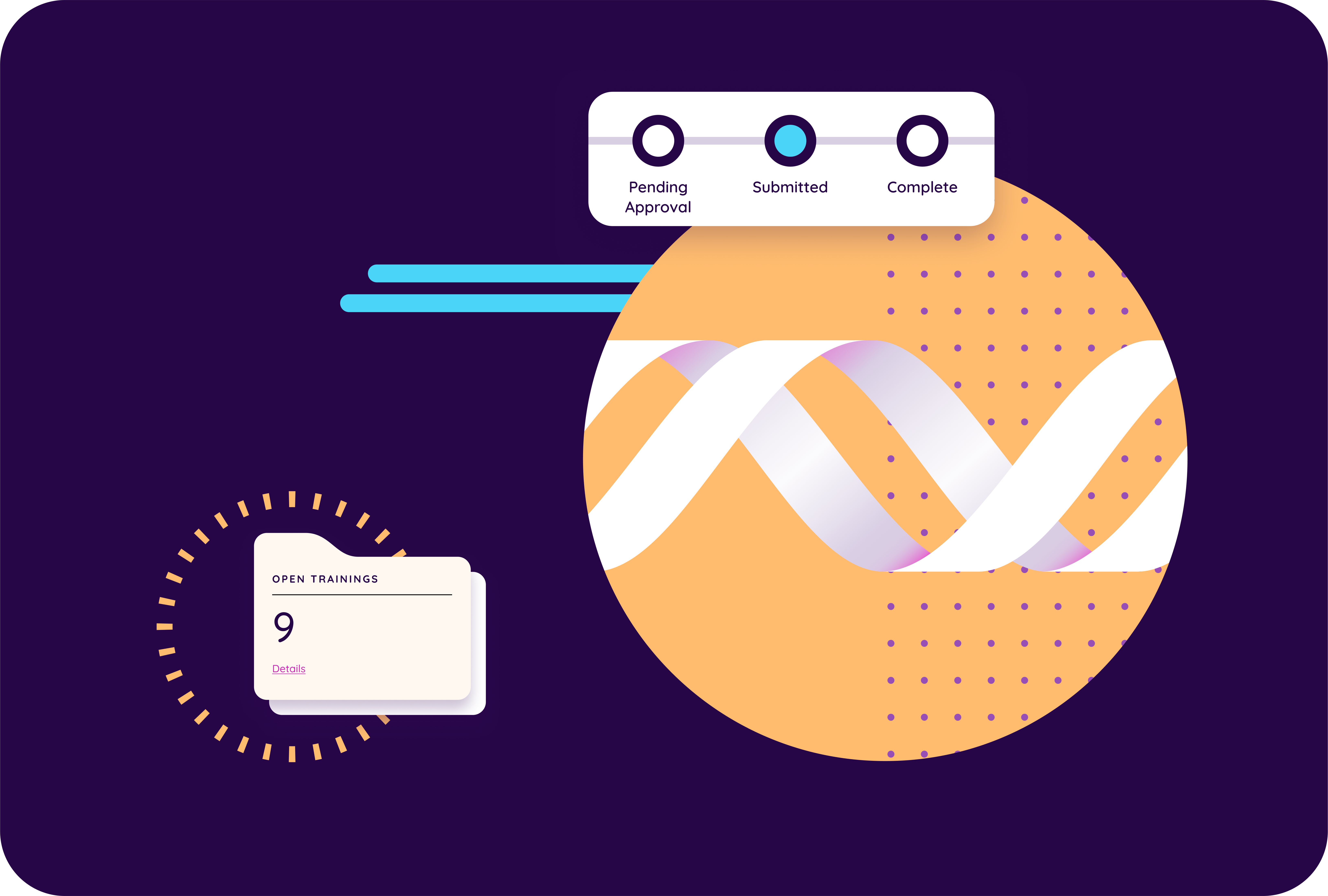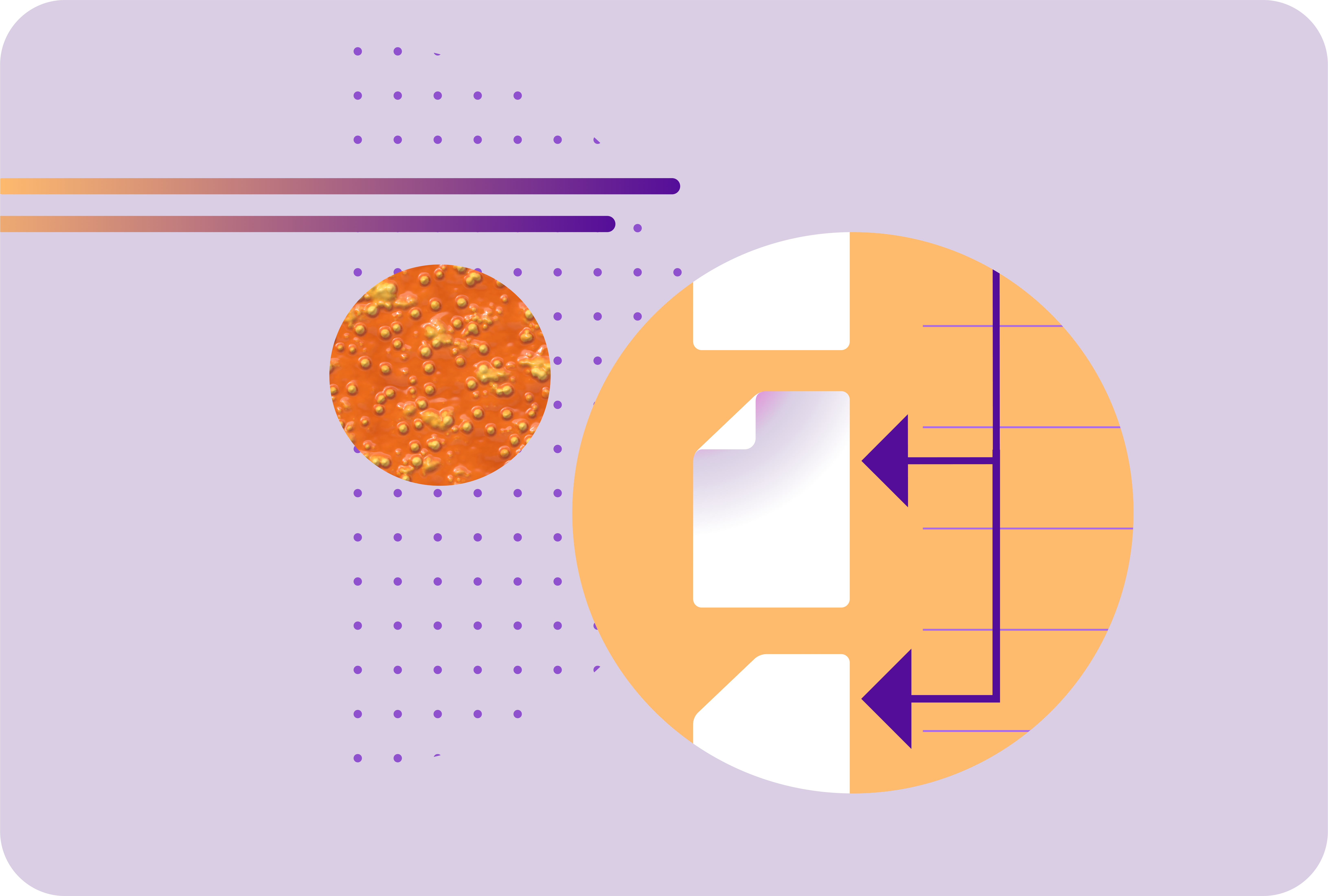
Change is inevitable for the Healthcare & Life Science (HLS) manufacturing industries, which are heavily regulated and frequently audited. Compliance managers, quality assurance, and quality management professionals for life science manufacturers may face many challenges in their quest to implement change.
Successfully navigating change management is especially nuanced for healthcare, life sciences, and medical device manufacturing industries. In order to do it right, communication is key to streamlining implementation for employees, managers, and customers. A clear strategy is required, with realistic timelines for everyone to work towards. Steady documentation of all processes, past and updated, will also help in the event of an audit.
While implementing successful change management in the medical device manufacturing industry may seem daunting, it can be successfully achieved by selecting the right change management software solution. In this article, we’ll take a look at the best tools to manage change for your organization.
What is change management?
Change management is a systematic strategy to cope with the transition or transformation of an organization’s goals, processes, or technologies is known as change management. Change management aims to put in place techniques for bringing about change, controlling it, and assisting people in adapting to it.
Change management often required for modifications to equipment, facilities, manufacturing materials, computer systems, product designs, systems & processes, and more. Such changes can pose challenges beyond those already described and faced by the HLS industry, including updated quality processes, documentation, and employee training.
Not only must the actual processes change, but all of the documentation noting them must be updated. This documentation aids employees in learning the new processes (thereby improving the customer experience) as well as help with audit preparedness – which is essential for any organization in these industries.
Reasons for change management can vary from temporary to permanent, simple to complex, planned or routine, or even just in case of emergency. Triggers for such changes often include customer requests, production upgrades, parts replacements, regulatory requirements, and change controls. Change management is heavily entwined with FDA & ISO compliance.
Change and Compliance
Change management in the life sciences industry is strictly regulated. The FDA’s 21 CFR Part 820 outlines the required documented change control procedures (download your compliance checklist):
- 21 CFR Part 820.30 – design changes
- 21 CFR Part 820.40 – document changes
- 21 CFR Part 820.70 – production + process changes
The HLS industries are regulated and audited by both the FDA and ISO to maintain product quality, with the ultimate goal of protecting public safety. Although change management can be risky, there is nothing more damaging to a company’s reputation than a product that harms patients who depend upon it.
The medical device industry is not only restricted by strict regulations; it is highly competitive. The smartest way for manufacturers to compete without compromising quality is to remain flexible in the face of change. An organized, hierarchical system for updates and improvements is crucial for efficient change management, which can help a manufacturing firm be more adaptable without compromising quality. With both change management and compliance challenges at hand, a smart organization will turn to a powerful change management tool.
Why use a change management tool?
Change management software can organize and unify an organization’s internal and external updates, identify who will be affected, and coordinate workflows. Changes attempted without clear documentation are sure to present additional challenges that may be avoided by choosing the right software for the firm.
A change management tool makes managing all these components much easier and can improve audit processes. A modern software solution can unify all content, processes, assets, internal and external processes. Using such software allows a firm to quickly identify everyone impacted, assess risks, and coordinate tasks.
There are many reasons to use a tool for managing organizational change. Besides streamlining the change process, change management software ensures safe, reliable, and consistent products which improve continuously. With the right change management software solution, a medical device manufacturer can design and produce new products quickly and cost-effectively without compromising quality.
There are many change management tools to choose from, but knowing which one is best for your company can be difficult. We’ve compiled this list to help you find one that best fits your organizational needs.
Top 8 Change Management Tools
1. Dot Compliance QMS
More than just change management, Dot Compliance offers a broader QMS solution instead of a single-point solution. This suite of tools covers compliance, quality assurance, risk management, and documentation management. It is designed specifically for the pharma, biotech, medical device manufacturing, and life sciences industries.
Benefits of Dot Compliance QMS software for change management include an entire suite of solutions within one tool. This software offers a birds’-eye view of all of an organization’s activities, rather than a single-source solution. Their QMS allows automation of many processes and workflows, with the advantage of unifying all data into one dashboard.
With an overarching view of all activities, an organization can maintain compliance with regulatory agencies, and product consistency and quality.
2. SAI360
SAI360 is a cloud-first software used by the financial, healthcare, health insurance, manufacturing, mining, energy, utilities, technology, pharmaceutical, and life sciences industries. The platform is flexible, scalable, and configurable, and serves organizations of all sizes.
3. VComply
VComply is a no-code workflow solution built to simplify compliance, risk, and policy management and help with surveys, forms, audits, and quality assurance. This integrated GRC (Governance, Risk Management, and Compliance) software suite is built for digital collaboration for customers in the banking, credit union, non-profit, government, and higher education industries.
VComply promises users a streamlined approach, established guidelines, aligned & holistic risk management framework, and regulatory compliance.
4. Title 21 Health Solutions
Title 21’s change management software initiates workflows for change and risk management, and streamlines communication. This web-based solution is for the categorization, review, implementation, and documentation of risk and change management.
Title 21 has customers in biotechnology, hospitals, blood and tissues centers, laboratories, medical device manufacturing, pharmaceuticals, and research organizations.
5. Halo by Greenlight Guru
Halo is a “recommendation engine” designed for life sciences product teams. It’s focus is “Intelligent Document Management” that employs artificial intelligence (AI) and machine learning to detect documents, product development artifacts, and quality events that have been influenced by a change.
To assess the impact of a change, users can consult a curated collection of recommended documents, artifacts, and quality events. Halo promises to bring cross-functional data together for seamless visibility and traceability.
6. The Change Compass
The Change Compass is a tool for change management with a collection of templates and a data integration system. Their single view of change is built to drive successful strategy execution, generate insights, balance capacity & performance, and impact change in businesses.
The platform manages change end-to-end and employs colorful data visualization. The Change Automator creates automated workflows for change deliverables, stakeholder engagement, change management, project reporting, change surveys, and has an auto data-feed to the Change Compass.
7. Freshservice
Freshservice is a no-code Service Management Tool designed for service delivery, automations, and implementation for scalable growth. Features of their platform include analytics, an admin center, collaboration tools, event notifications, and a unified customer record. It employs an IT Infrastructure Library (ITIL) change management framework that is more agile than traditional models.
8. Gensuite
Gensuite is built to manage processes, compliance, and risks from operational control. It offers a suite of compliance management apps designed for risk management and compliance. The platform serves functions in EHS, sustainability, responsible sourcing, quality, stewardship, security, and asset & equipment management. A cloud-based platform, Gensuite is integrated with pre-packaged or custom content. It features analytics, risk management, webinars, and more.
Gensuite standardizes change control processes with teams for change detection, evaluation, and communication to simplify Management of Change (MOC) programs.
Change Doesn’t Have to Be Hard
There are many choices of change management software, but the right one ultimately depends upon the company’s industry, needs, and capabilities. Although the process of change management in HLS is complex and multifaceted, it can be achieved most effectively when integrated within a broader QMS solution instead of a single-point solution. To successfully manage change, use a powerful software tool to streamline the process, ensure compliance, and give an organization a competitive edge in a crowded marketplace.



